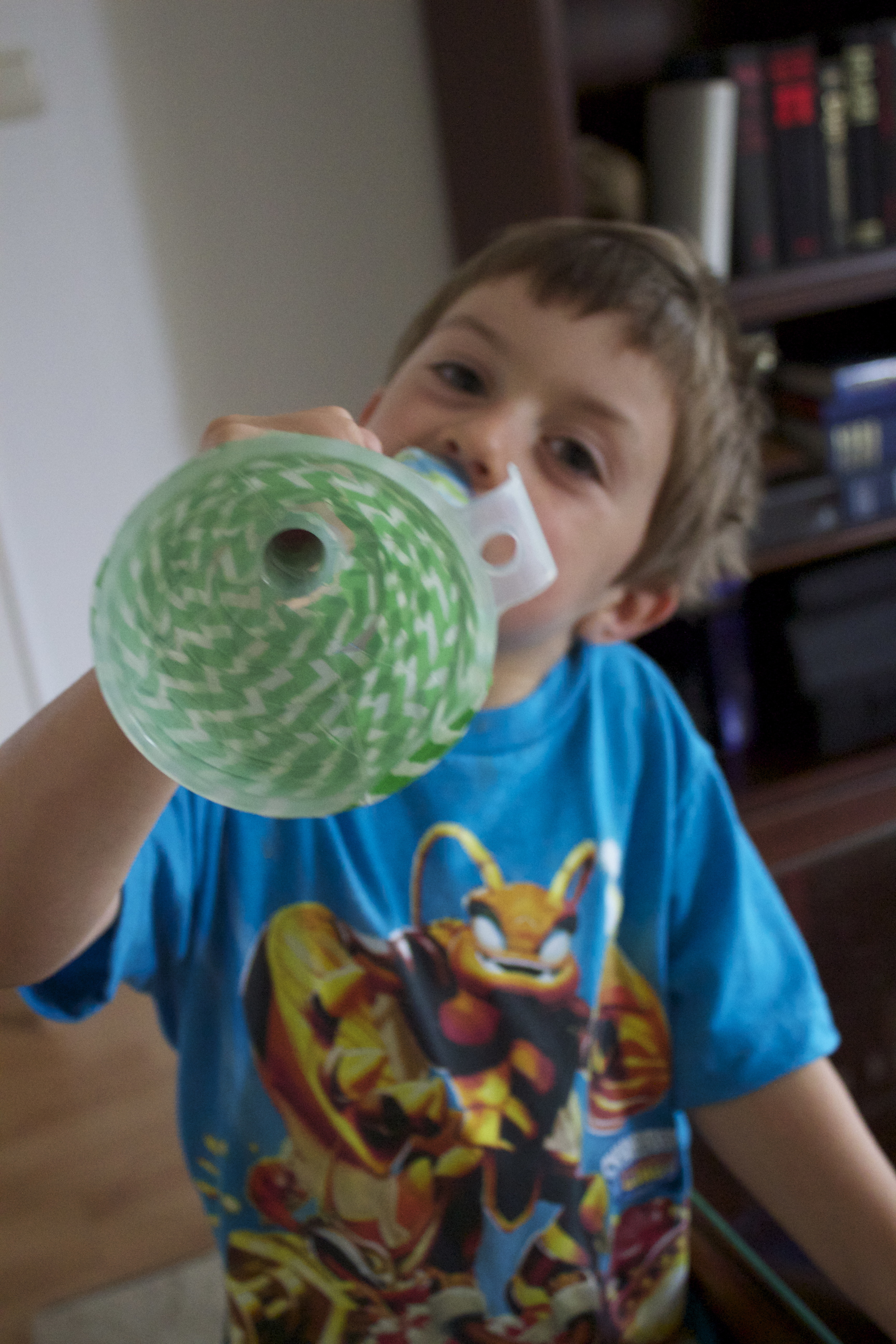My explanation of Ganesh Chaturhi
Here is the explanation I gave the boys about Ganesh Chaturhi:
Idol of Ganesh.
"Boys, today we are looking at a new religion- Hinduism" This time we pull out the map and I explain that this religion is largely practiced in India and other parts of Asia, but people all over the world are Hindus.
"This holiday is for one of the gods in Hiduism- called Ganesh. He is the god that Hindu's believe let's you know a lot of things and can help you achieve your dreams. He has the body of a man and the head of an elephant."
I tell them the story of how he got the elephant head- and answer many questions about it to the best of my ability. If you find the story may be too violent I would suggest saying that god Shiva gave Ganesh the head of an elephant. This is still true to the story and leaves out the other details.
"Ganesh Chaturhi is a holiday for people to celebrate Ganesh and be grateful for the wisdom they believe he has given them and to celebrate his birthday with a great big celebration. People do this by making and keeping models or idols of him in their house so they are reminded to think of and celebrate him. Then they go to a huge party with dancing while going towards a river or lake and then putting the idol into the river."





















